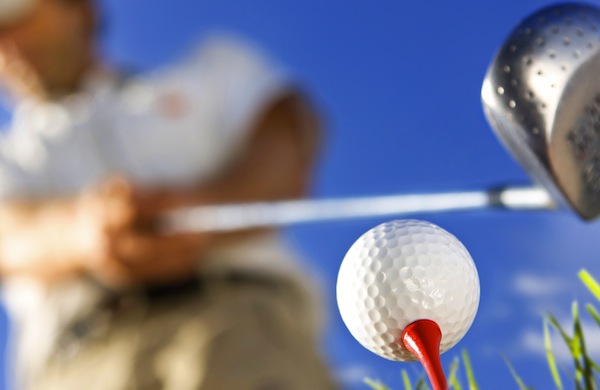
You’re a golfer. You’re from Sacramento, one of the top 20 golf cities in America, according to Golf.com. You know golf, and living in Sacramento, you probably know that most Sacramento golf greens use bentgrass, bermuda, or Poa annua grass. You know your clubs are made from steel, titanium, graphite, or some such blend. You know that the snack bar has a cold drink with your name on it. What you might not know, however, is what exactly is going on inside those golf balls.
The way your ball looks and what's inside it both hugely influence the way it flies. Get to know what makes the best balls soar like the spherical eagles they are.
Where It Began
The history of golf traces back to 1400s Scotland, when games were played with balls that were likely made from beechwood or boxroot. The wooden ball was unpredictable, however. So sometime in the 17th century, something new and bizarre was invented: the feathery golf ball.
Wrapped in cowhide and stuffed with boiled goose feathers, this curious creation boasted surprisingly impressive flight characteristics. Unfortunately, the intensive, expensive process of handcrafting the balls made them too expensive for casual players.
Then Came the Dimples
The ball’s most salient feature, its dimpled surface, was actually adopted by accident. In the mid-1800s, when feathers were proving themselves to be impractical, players began shaping balls from gutta-percha, a form of latex then used as packing material. These balls would scuff easily, and at first, golfers would smooth out the balls after each game. However, the laziest among them soon found they had the advantage: the more nicks the ball had, the better it flew.
How Dimples Work
Although it’s bad for, say, a plane, air turbulence is good for a golf ball, and creating turbulence on a tiny scale is precisely what dimples do. As the ball flies, the indentations catch tiny amounts of air and push that air to the rear, maintaining the air pressure behind the ball for longer.
Two-Piece Balls
The most common ball today, the two-piece—which accounts for 70 percent of all golf balls sold—is a basic device, with a solid rubber core underneath the dimpled surface. The exterior layer provides a feeling of control for the golfer, but the sturdy core still transfers energy efficiently.
The Three-Piece Ball
Three-piece balls complicate the picture, boasting a solid or liquid core tightly wound with rubber thread. These balls are harder to compress and can be driven greater distances, but they’re also more difficult—and thus more expensive—to make. It’s the boiled feathers all over again.
Bottom Line: Some Imperfections Are Good
What’s remained consistent throughout time is the way in which a ball becomes slightly deformed with each stroke. Interestingly, some deformation is desirable, since, as the ball seeks to regain its shape, that energy will help launch it on its path. Of course, the ball can’t be too deformed, lest it lose predictable flight and rolling capabilities entirely. Just imagine trying to putt a water balloon. No, really, imagine it. It’s kind of cool, actually.




